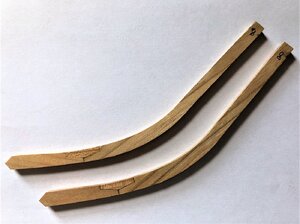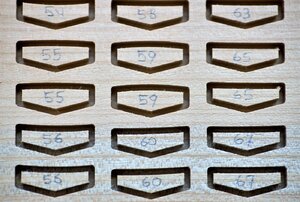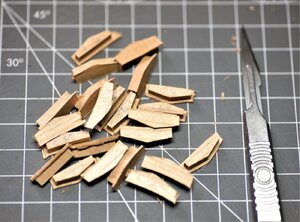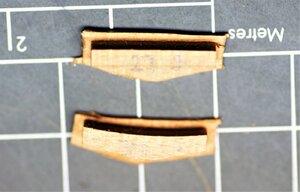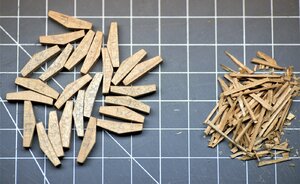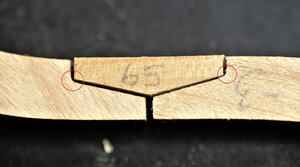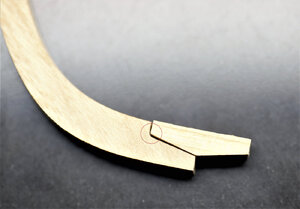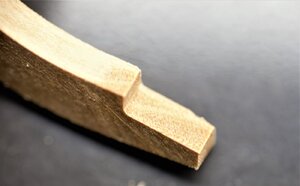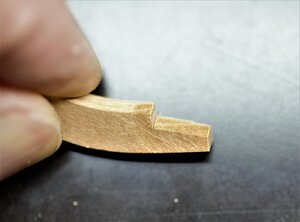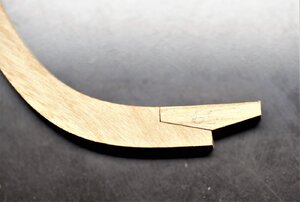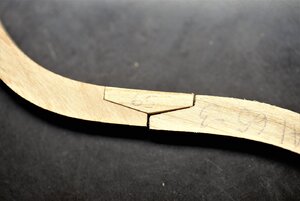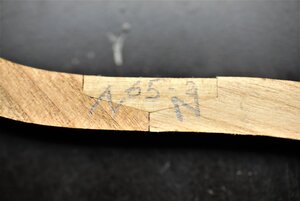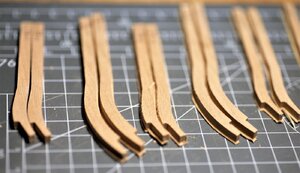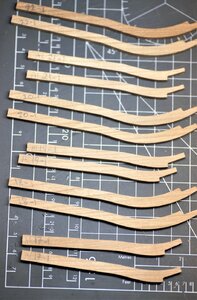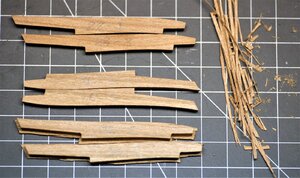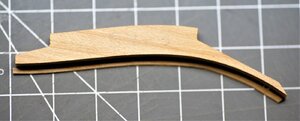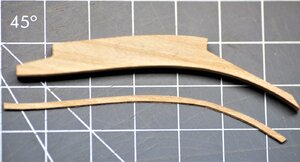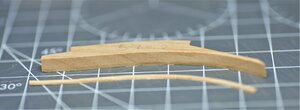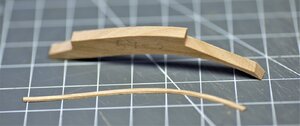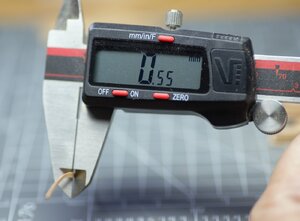WOW - my friend - very good work, clean and accurate
and very very good explained - Very good log and tutorial



and very very good explained - Very good log and tutorial



 |
As a way to introduce our brass coins to the community, we will raffle off a free coin during the month of August. Follow link ABOVE for instructions for entering. |
 |
 |
The beloved Ships in Scale Magazine is back and charting a new course for 2026! Discover new skills, new techniques, and new inspirations in every issue. NOTE THAT OUR FIRST ISSUE WILL BE JAN/FEB 2026 |
 |




There are many examples of cut-away hulls on the internet.I’ve completed most of the frames and Im just waiting for the replacement keel parts which Trident says he is sending by EMS (The original boards were two very different colors). Your log will be invaluable when I start The keel assembly.
Have a couple of questions:
I want to be able to show the interior details; cabin, ladders, stove, etc. I was thinking of cutting away some of the frames on one side after the hull has been removed from the jig. Either cutting every other frame or cutting away many frames mid-ships. Any ideas on that?
I don’t want to cut away deck frames since I plan to mount and rig all the cannon.I may remove one or more of the hatches.
Trident included the parts for the cabins (don’t know if they include the sail room) and they look pretty good. But, he did not include any drawings or instructions for them. Do you know when they might be coming?
Thanks
Hello Submarinerblue!I’ve completed most of the frames and Im just waiting for the replacement keel parts which Trident says he is sending by EMS (The original boards were two very different colors). Your log will be invaluable when I start The keel assembly.
Have a couple of questions:
I want to be able to show the interior details; cabin, ladders, stove, etc. I was thinking of cutting away some of the frames on one side after the hull has been removed from the jig. Either cutting every other frame or cutting away many frames mid-ships. Any ideas on that?
I don’t want to cut away deck frames since I plan to mount and rig all the cannon.I may remove one or more of the hatches.
Trident included the parts for the cabins (don’t know if they include the sail room) and they look pretty good. But, he did not include any drawings or instructions for them. Do you know when they might be coming?

Hello Submarinerblue!
I am glad the build log will come handy while assembling a keel. Also, check Paul's @paulv1958 build log. He has videos assembling the keel (Very good, just what doc prescribed...)
I am not an expert suggesting to cut frames to expose the interior. I wouldn't definitely cut every-other frame. In fact, I wouldn't cut any frame... but this just me. Maybe others can chime in.
You don't have to cut the deck frames to show 'inside', you can lay only desk planks under the gun carriges and leave the entire deck unplanked (naked). Actually this is a great way to show the beams, carlings (the deck structure)
We will utilize the pictures from Chineese build for the underdeck structure. We have some 3D and built model images. I don't think there will be an aditional manual for that. Also, a great build companion the book of P,Goodwin -The Naval Cutter Alert 1777. It does show some accomodation compartment details
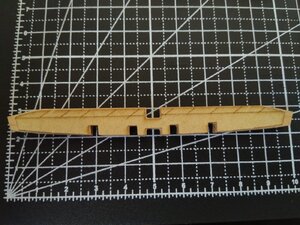
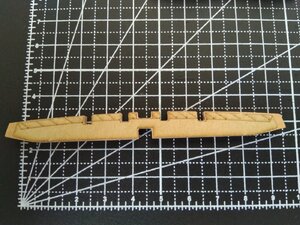
Hello Markus, not sure how much you can trust my expertise, but i will try to explain the way I make this part in my build. Take a look at this post:Hello Jimsky,
please let me come back to you with another question:
The Wing Transom needs some work and your pictures in Post 115 did it make a lot clearer ... but what about the Ends? The cut out part BL30 is a good 2 to 3mm longer on both sides than the template attached to it.. did you cut/sand it to meet the template? Is the template the "real" final shape or are just the beveling lines interesting to form the transom correctly?
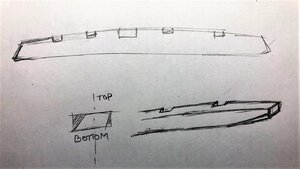
Since Jimsky is focusing on the Alert I thought that I would drop in to watch the fun keeping him away from a smaller and less complicated canoe. Hope the group doesn't mind an interested sideliner. Always something to see and learn. PT-2Yep, Your build log will be a big help for a lot of us I'd say...
You're not only showing Your build progress but really go into detail of how to prepare/assemble the parts. I like that!
Keep going
You are more than welcome, PT-2! The group will be happy to anyone showing interest. Hope you will gain enough interest and will order your Alert kit! Cannot explain how much fun it is!Since Jimsky is focusing on the Alert I thought that I would drop in to watch the fun keeping him away from a smaller and less complicated canoe. Hope the group doesn't mind an interested sideliner. Always something to see and learn. PT-2
Thanks for allowing me into the cockpit. I'll gladly take aft most hammock and stay out of the way! PT-2Fantastic build log - very informative - easy to follow.
